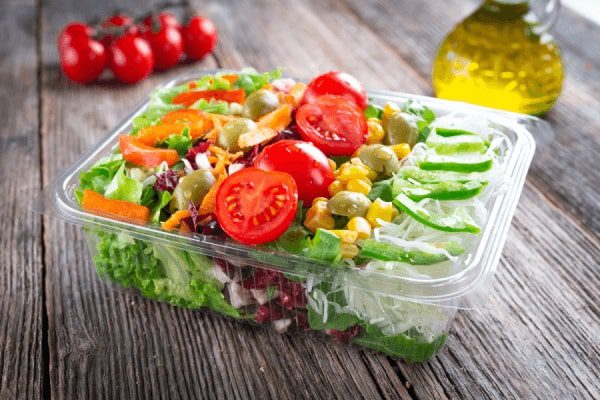Connecting the Food Industry — From Recipe to Recall
At Trustwell, we’ve been connecting the dots between food and data for over 40 years to give you more control and visibility along the supply chain. The next generation of Genesis Foods and our FoodLogiQ’s comprehensive suite of solutions set a new standard for compliance, product management, transparency, and quality in the food industry.
Genesis Foods: Built for the Future of Food Labeling
Genesis Foods combines decades of nutritional science with today’s best technology for innovative product development with industry-leading recipe analysis, nutrition labeling, and regulatory compliance tools. Leverage our extensive food database and cutting-edge features, like AI-assisted allergen identification, to ensure accuracy, accelerate innovation, and bring compliant, high-quality products to market faster.
FoodLogiQ: Powering Safer, Smarter Supply Chains
FoodLogiQ supports food businesses with tools built for real-world traceability, recall readiness, and supplier engagement. Whether you’re managing compliance, tracking critical events, or preparing for FSMA 204, our platform streamlines data collection and makes it actionable so you can respond faster and operate with greater confidence at every step of the supply chain.
AskReg: Instant Answers to Regulatory Questions
AskReg is your always-on regulatory assistant, built to simplify complex labeling and compliance questions. Backed by FDA, USDA, and global data sources, AskReg delivers trustworthy guidance in seconds—so you can make confident decisions without digging through pages of dense code.
Trusted by over 2,500 Brands Around the World
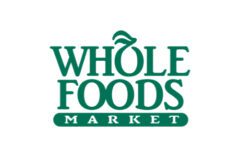
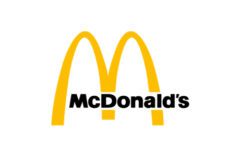
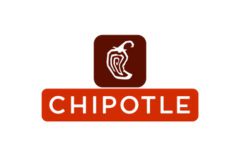
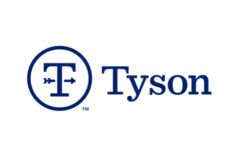

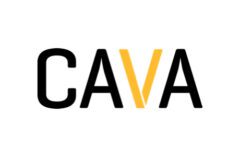
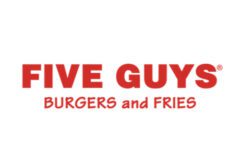
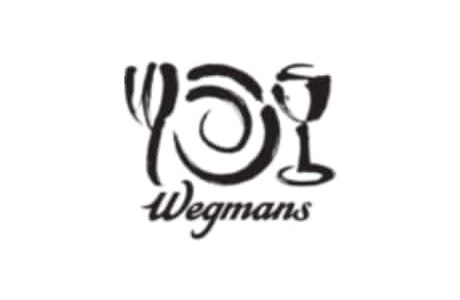
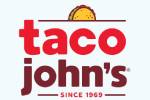
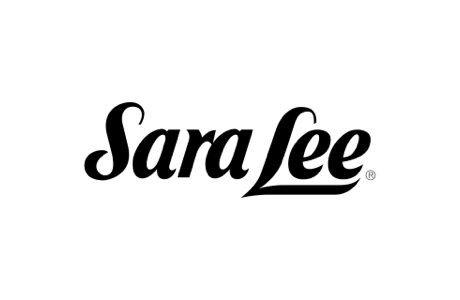
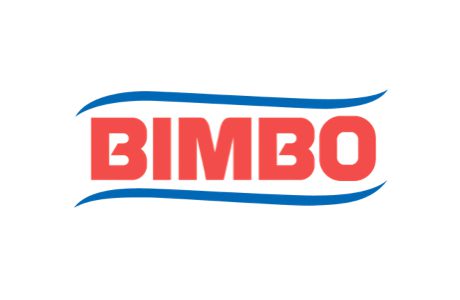
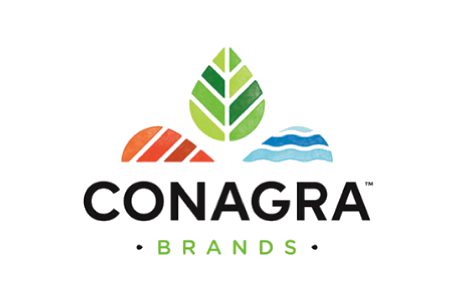
Solve Your Supply Chain with FoodLogiQ
Streamlined, safe, and strategic supply chains are made possible with Trustwell’s suite of FoodLogiQ products. Manage supplier relationships in Compliance, stay audit-ready with Quality Management, capture supply chain data with Traceability, and simplify withdrawals with Recall.
- MANAGE supplier compliance
- PREPARE for audits & assessments
- END-TO-END product traceability
- Manage product specs across your PORTFOLIO
- Conduct WITHDRAWALS with speed & precision

TraceabilityTrack Your Products
ComplianceManage Your Suppliers
Quality Management Respond to Incidents
RECALLExpedite Withdrawals
Respond to food safety incidents and manage withdrawals quickly and precisely with FoodLogiQ Recall — which helps with messaging, tracking, and reporting
NEW: LIFECYCLEStreamline Your Specs
Streamline product specification management across your portfolio with 100+ built-in attributes with FoodLogiQ Product Management
Explore
See FoodLogiQ Analytics & Assessments in Action
New
Food Product Specification Management Made Easier
Powered by our flagship labeling software, Genesis Foods, FoodLogiQ Product Management adds a streamlined and comprehensive approach to food product specification and lifecycle management. offering users access to the gold standard in recipe formulation and connecting both product suites under Trustwell Connect.
Go to Market Faster with the NEW Genesis Foods

Start with a recipe and end with a label. The next generation of our flagship product provides a comprehensive platform and powerful tools for navigating everything in between. With Genesis Foods, you can bring products to market faster than your competitors without sacrificing compliance, safety, or precious time.
- Faster formulation
- COMPLIANT labels
- AI-powered regulatory assistance
R&DFormulate Products
Access a database of over 90,000 ingredients to formulate, reformulate, and analyze with ease.
LabelingMake Compliant Labels
AskRegUnderstand Regulations
AskReg
YOUR AI-POWERED COMPLIANCE ASSISTANT
AskReg isn’t just another chatbot. It’s an advanced assistant designed just for the food, food safety, and supplement manufacturing industries. Now, if you have compliance questions, you can just AskReg.
Consumers are 32% more likely to purchase from a brand with Supply Chain Transparency

“Using the Genesis Foods software has shaved hours and maybe even days off of the time it used to take me to calculate the nutritional data on a formulation and determine the appropriate claims I could make.”
Ellen J. Hurwitz, Director of R&D, Giraffe Food & Beverage Inc.
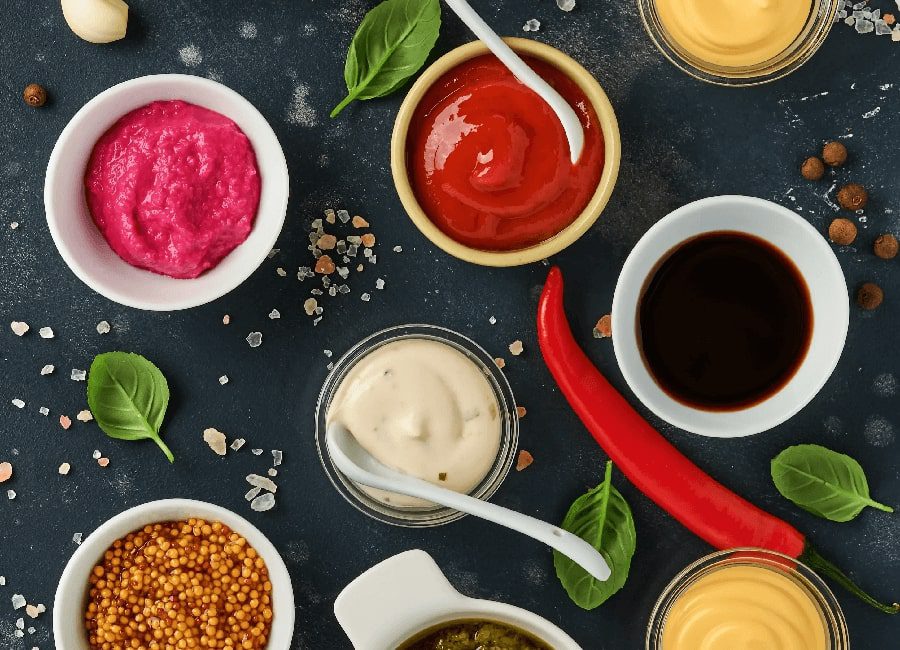
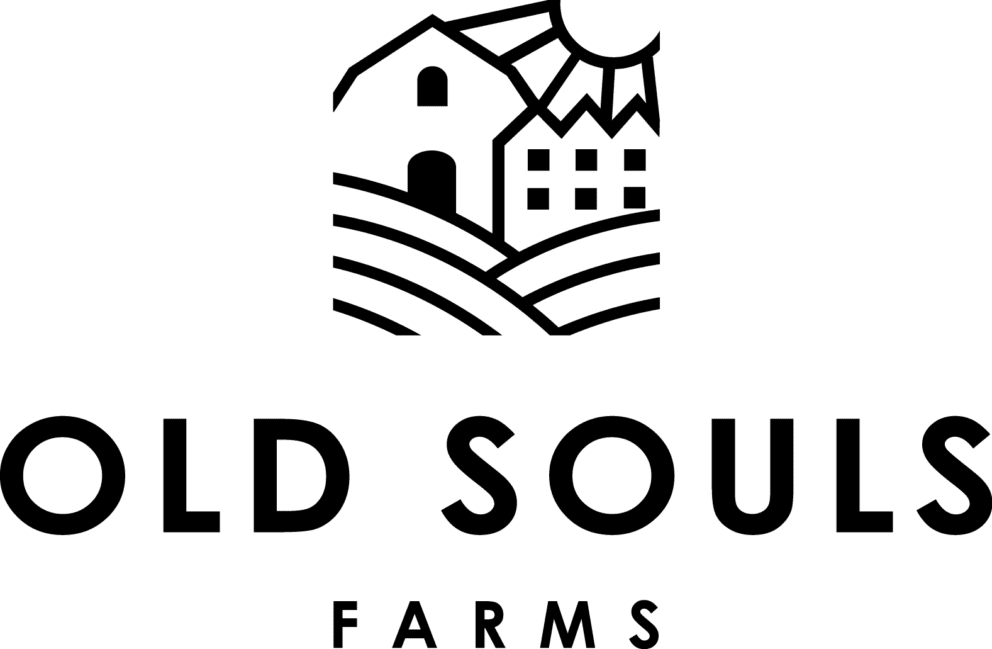
“FoodLogiQ jumped out at us as not only providing services for some of our customers, but the product itself is really clean, easy to use and very customizable.”
Ethan Snyder, Founder at Old Soul’s Farms


Download Trustwell’s Supplier Relationship Management Playbook
- The 3 Cs of SRM: Compliance, Collaboration, and Confidence
- Performance Scorecards for Supplier Monitoring
- Actionable Strategies from Onboarding to Audits
See What Trustwell + You Can Do
Get in touch today
See how you can put Trustwell’s tools, technology, and team of experts to work for you today.



